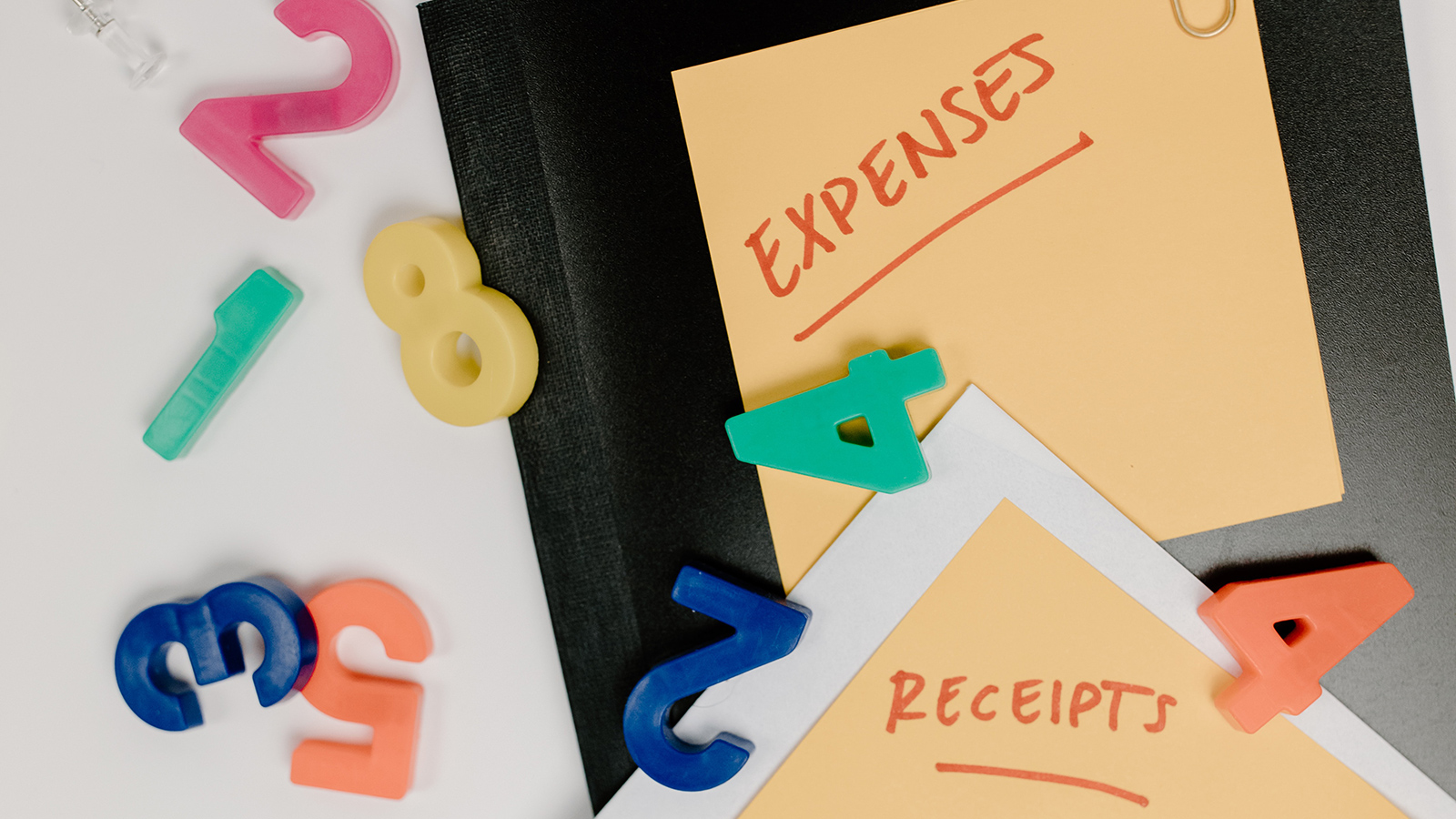Insights
Best practices and tips on spend management, automated expense tracking and corporate debit cards for Australian SMB and enterprise businesses.
Most finance personnel can agree that the reconciliation process is not easy.
Manual expense reconciliation can take up to 30 hours a week. It’s a thankless process where claims and receipts are collected and transactions are matched against the credit card or company statements one by one.
Assuming, of course, that all transactions match. But what are the chances of that?
Reconciling expenses is tiresome, but it can be made easier. So here are our top tips on how companies can make expense reconciliation smoother for finance teams.



